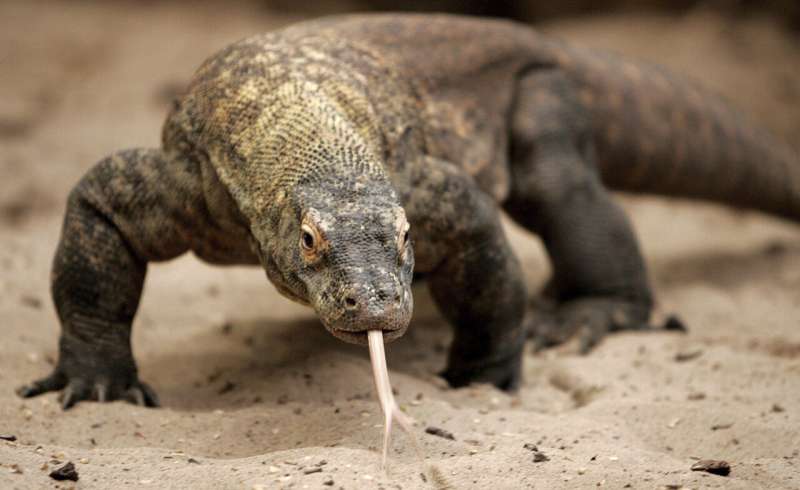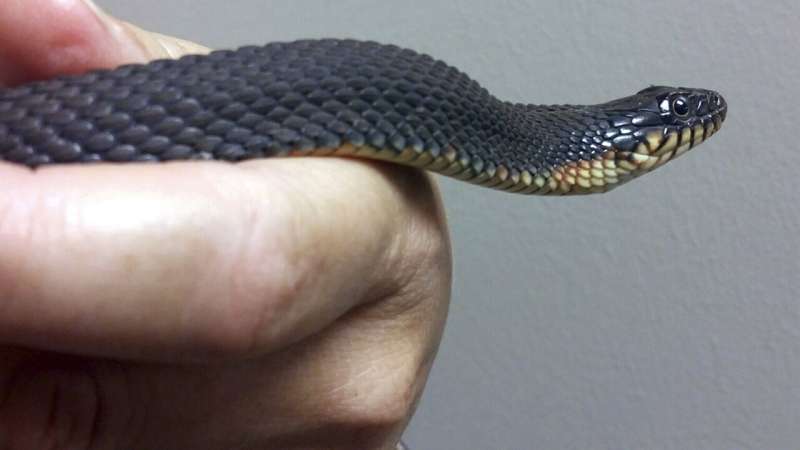This article has been reviewed according to Science X's editorial process and policies. Editors have highlighted the following attributes while ensuring the content's credibility:
fact-checked
reputable news agency
proofread
Yes, some animals can have babies without a mate. Here's how

A boa constrictor in the U.K. gave birth to 14 babies—without a mate.
Is it a miracle? The result of a secret rendezvous? Probably not. Females of species have the ability to reproduce asexually, without sperm from a male. The process is called parthenogenesis, from the Greek words for "virgin" and "birth."
Some plants and insects can do it, as well as some amphibians, reptiles, birds and fish. A stingray named Charlotte that was thought to have become pregnant by this method died this week at an aquarium in North Carolina, though she never delivered and it is unclear if she was ever pregnant.
Some wasps, crustaceans and lizards reproduce only through parthenogenesis. But in other species it's rare and usually only observed in captivity. Scientists have a good idea how it happens, though they aren't clear why it happens, according to Kady Lyons, a research scientist at the Georgia Aquarium in Atlanta.

A female's egg fuses with another cell, often a cell leftover from a process that allows the female to create the egg. That cell, known as a polar body, gives the egg the genetic information it would normally get from sperm. The cell starts dividing and that leads to the creation of an embryo.
The snake, a 6-foot, 13-year-old Brazilian Rainbow Boa named Ronaldo, gave birth last week after having no contact with any other snakes for at least nine years, according to the City of Portsmouth College, which kept the snake.
© 2024 The Associated Press. All rights reserved. This material may not be published, broadcast, rewritten or redistributed without permission.





















